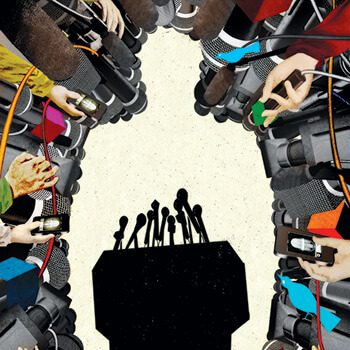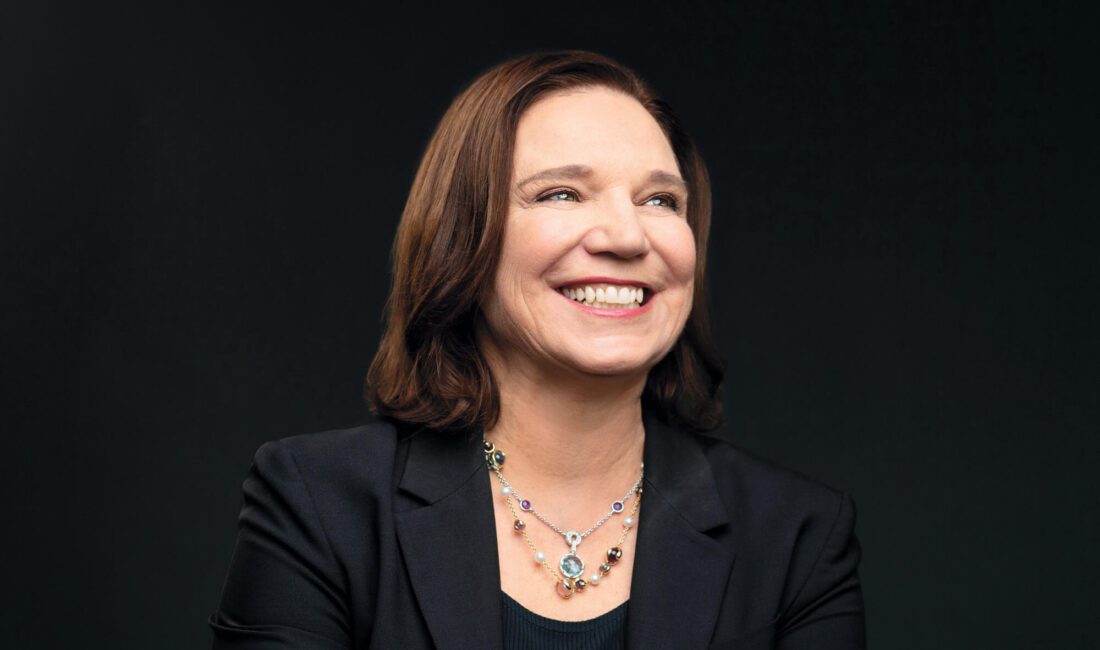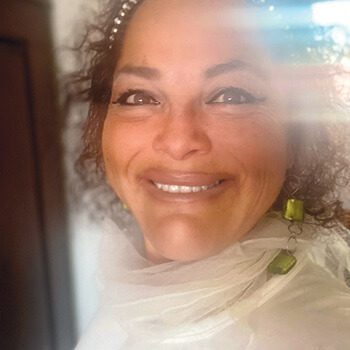Negotiating the Future

So you’ve been working on an exciting project or product, or maybe you’ve developed deep expertise in a specialized area. A reporter is interested in what you have to say. Now what?
A media interview can be a great opportunity to showcase your company or personal brand, but if you’re new to interviewing it can provoke anxiety. Even more so if you’ll be appearing on camera. Knowing what to expect is key, says Diane Dwyer, BS 87 (shown far right), a Haas professional faculty member and former broadcast journalist.
“There are two main tips I always start with when preparing someone for a media interview,” she says. “First, know your audience: Who is the interviewer? What do they want? And second, practice—a lot.”
Dwyer, who created a course called Innovations in Communications and Public Relations at Haas and runs her own media consulting firm, advises her clients that “no matter how great a public speaker they are, they have to spend serious time preparing if they want to accomplish their goals.”
But you don’t have to hire a trainer to get results. Here are Dwyer’s top tips.
Play “baseball.” Determine your goal for the interview—that’s your “home plate.” Then decide on two or three stories or facts that support the goal—those are your “bases.” Use the “bases” no matter what you get asked.
Record yourself answering potential questions at least three times. You must watch yourself to make it worthwhile. Even if you’re not on camera for the actual interview, you’ll catch things you wouldn’t notice otherwise.
If you don’t know an answer, say “I’m not sure, I’ll get back to you on that.” And always get back to the reporter.
Always answer the interviewer’s question first, then bridge to one of your “bases.”
Drink warm or room-temperature water before and during the interview. Cold water constricts vocal cords.
Use body language: Lean in, smile.
Wear solid colors and nothing distracting.
Use a prop, if you have one, like a graph or object. Visuals are always more memorable than words.
Keep your answers between 15 and 45 seconds.
Use the reporter’s name whenever you’re saying something you want them to use. It makes reporters feel important!
Posted in:
Topics:



